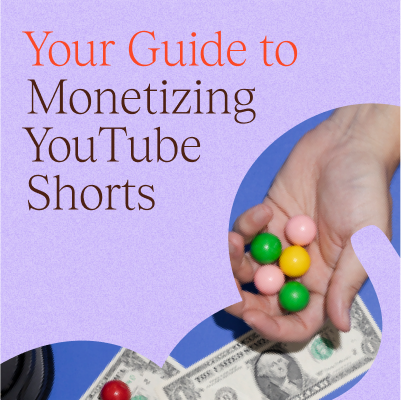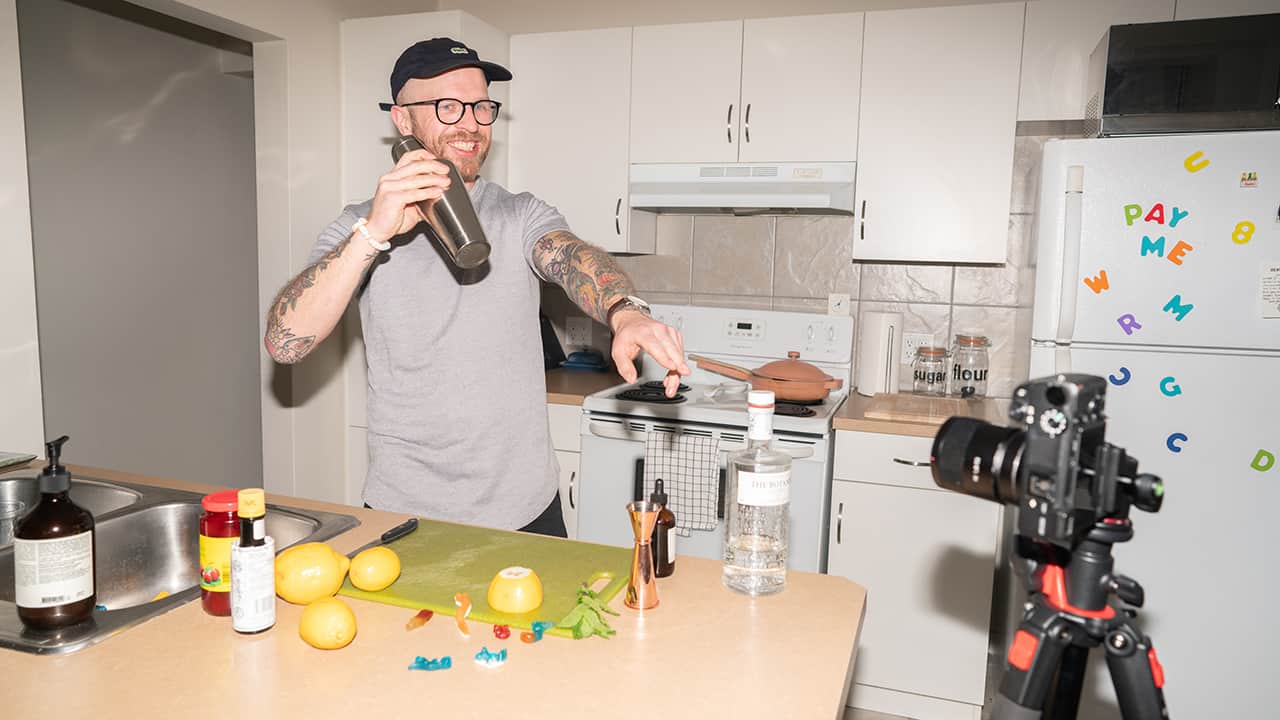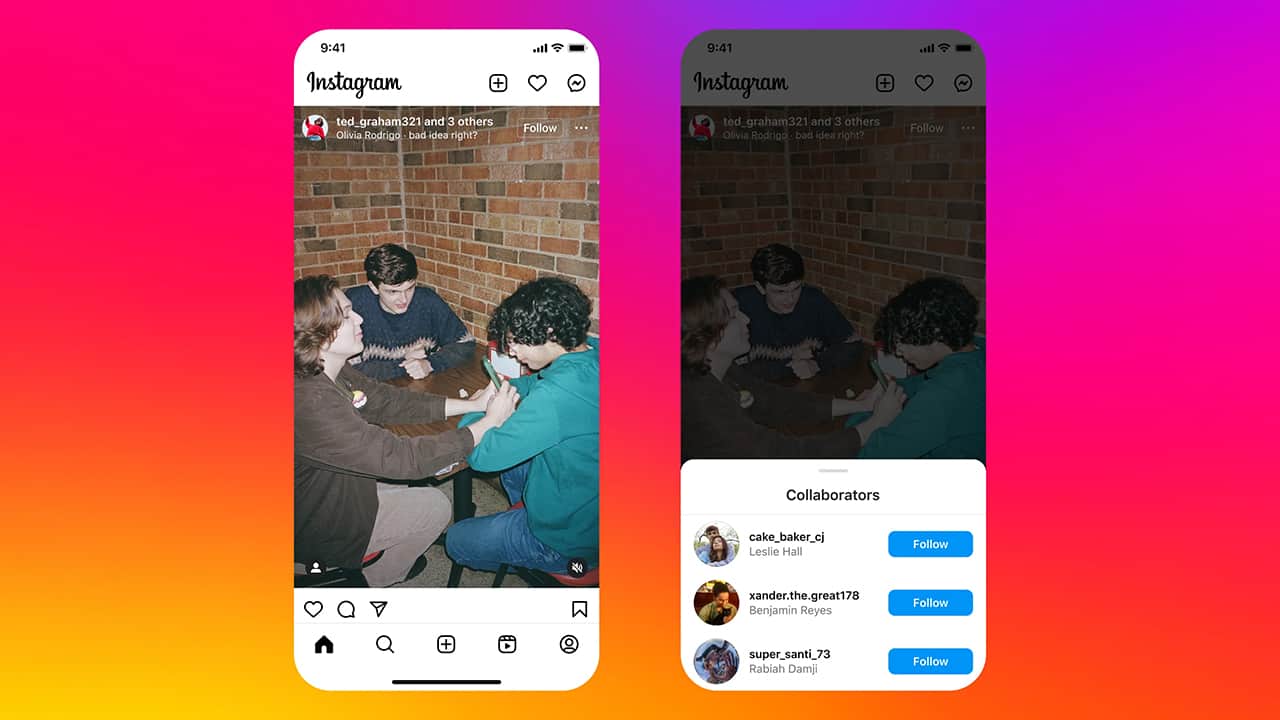Are you regularly posting YouTube Shorts but not getting any traction? Anyone who experiences this will probably want to find some way to beat the algorithm, whether that’s by using certain hashtags or changing their editing style. You might also be wondering if the time you post actually matters or if there’s a magic “peak hour” that guarantees success.
The short answer is that there isn’t a definite, one-size-fits-all best time to publish YouTube videos or Shorts. It varies based on your audience’s location, as well as when they’re usually active on YouTube.
That being said, read on for tips that can help you estimate the best time to post to your channel and maximize the engagement of your YouTube Shorts.
What are the best times to post YouTube Shorts?
Before we dive into the best times to post YouTube Shorts, let’s review why there even is such a thing as a “best” or “worst” time to publish videos on the platform.
How the YouTube algorithm works
If you’ve been a content creator for some time, you probably know there’s one thing that makes any YouTuber shudder: the algorithm.
At its most basic, YouTube’s algorithm — which the platform calls “the search and discovery system” — is what decides which videos end up in your audience’s recommended feed. Essentially, the algorithm tries to guess which videos YouTube users want to see based on different factors, from their watch history and search history, to their likes and dislikes.
But that’s not all that the YouTube algorithm takes into account. And because it’s not always clear what exactly the algorithm analyzes, this has prompted many creators to try to figure out how to “hack” the algorithm.
It’s also worth noting that, unlike some other social media platforms, YouTube doesn’t display newly uploaded content in chronological order. Instead, it takes time for YouTube to process and index your video, before your content starts showing up on most viewers’ home page or in search results. This can make it tougher to figure out when the best time to post is.
While YouTube Shorts have their own algorithm, distinct from the one delivering longer YouTube videos to your audience, it works in essentially the same way.
Best day and time to post YouTube Shorts
As mentioned, there is no exact answer to this question, as the ideal posting time depends on the location of your target audience. Additionally, you’ll want to consider other factors such as your audience’s preferred type of content, and when most viewers go on YouTube to watch videos.
However, if you are just starting to explore YouTube and want some guidance, you may refer to the average best posting times suggested by trusted sources. Note that for some sources, their data might have to do with long-form YouTube videos rather than Shorts, but it’s still useful info.
According to HubSpot
For instance, for its 2023 social media trends report, CRM platform HubSpot surveyed over 1,200 marketers about how they use social media in their marketing efforts — including what days and times they typically post on YouTube.
According to HubSpot’s report, the best times to post on YouTube are from 6 p.m.-9 p.m. and 3 p.m.-6 p.m., on Thursday, Fridays, and Saturdays.
According to SocialPilot
Social media management tool SocialPilot ran a study on 3,000,000 videos across more than 50,000 YouTube channels. That’s a lot of data!
There are two key takeaways from SocialPilot’s research:
- The best times to post YouTube Shorts are on weekdays, especially on Mondays and Tuesdays, and at the peak hours when your audience is most active.
- Your audience’s peak hours on YouTube may be different from another channel’s. Generally though, the best times to post Shorts are between 12 p.m.-3 p.m., and from 7 p.m.-10 p.m.
These are wildly different from HubSpot’s data, so what gives?
Well, HubSpot surveyed marketers for its report, while SocialPilot gathered its data by studying actual YouTube accounts. These different perspectives are likely responsible for the disparity.
Another note: SocialPilot recommends that you publish a video “2-3 hours before the perceived best time to upload YouTube videos” for your channel. Factoring in the time it may take YouTube to process and index your video, by the time your audience is the most active on the platform, there’s a higher chance they will see your latest upload.
Here’s a quick example: Let’s say your audience is most active on YouTube between 6 p.m. and 9 p.m. on Fridays. If you want to achieve maximum engagement, then you should upload Shorts a few hours early, between 1 p.m. and 3 p.m. on Fridays.
According to other sources
Let’s go through a few more opinions on the best time to post YouTube Shorts, rapid-fire style.
- Marketing video creation tool Boosted suggests that YouTube sees the most engagement on Wednesdays, Fridays, and Saturdays. It also recommends posting on Sundays, either from 8 a.m.-11 a.m., or after 5 p.m.
- HowSociable says creators should upload YouTube content between 2 p.m. and 4 p.m. on weekdays, so it can go live when YouTube gets the most traffic (between 7 p.m. and 10 p.m.). If you’re uploading on weekends, shoot for 10 a.m.-11 a.m. instead.
- YouTube consultant Dexxter Clark says that the best time to post on the platform varies wildly depending on your audience’s preferences. But he does offer one tip for creators: post about 15 minutes past the hour. Why? Many other creators post on the hour, so posting a bit later can help your content rise above a sea of notifications.
Seeing as how there’s a lot of conflicting advice out there, you’d be forgiven for feeling like it’s impossible to know exactly when you should post on YouTube Shorts. But don’t worry — there’s a feature built right into YouTube Studio that can help you figure this out.
How to find your best time to post YouTube Shorts
While there’s no single best time or day of the week for posting YouTube Shorts across every channel, there’s one foolproof way to determine your channel’s best posting time.
As long as your videos have enough viewers, you can find a report in YouTube Studio that tells you the peak viewing times among your audience — that’s essentially the best time to post your Shorts. That information is infinitely more valuable than generalized data from other sources, because it’s pulled right from the target audience you’re trying to reach.
Here’s how to find the peak viewing times of your YouTube channel:
- First, open YouTube Studio.
- Next, click Analytics from the left menu.
- Finally, hit the Audience tab. There, you’ll find a report with data on when your viewers are active on YouTube.
Depending on the preferences and behavior of your audience, your personal best time to post Shorts will be different from the next YouTuber’s. So make sure to post videos when your audience is most active on YouTube.
Does it matter when you post YouTube Shorts?
Well, yes and no.
Obviously, you should publish your Shorts when your audience is most likely to be on YouTube. That means to some extent, you should find out when it’s your personal best time to post.
That being said, there are a few reasons why when you publish YouTube Shorts isn’t as important as what or how you post.
Shorts and YouTube videos aren’t the same thing
A lot of the information out there about the best time to post on YouTube is specific to long-form videos, not Shorts. Why does that matter? Because there are different algorithms for YouTube videos and Shorts.
In an interview with Creator Support, YouTube employee Todd Sherman revealed that the platform decided to keep the two algorithms separated soon after launching Shorts. He explained that this is because YouTube didn’t want Shorts to dominate people’s recommended feeds.
While it doesn’t hurt to read up on the best average time frames to post YouTube videos, just remember that most of the advice you’ll find online is about long-form videos, meaning they might not necessarily apply to Shorts.
Experimentation is your friend here. Try posting Shorts at different times of day (and different days oof the week), and review your analytics to determine when your best time to post is.
The YouTube algorithm cares about one thing: your audience
While many creators think they need to “beat” or “hack” the YouTube algorithm, it’s really not the best use of their time. Why? That’s because the algorithm isn’t something you should be trying to beat.
One of the biggest myths about the YouTube algorithm is that it pushes videos from some channels over others, but that’s the wrong way to look at it. As YouTube employee Rene Ritchie said in an interview with Creator Support, the algorithm doesn’t push videos. Instead, it pulls them for viewers.
Simply put, YouTube’s algorithm compares what viewers want to watch with your content. And if there’s a match, your videos will get in front of them.
So what’s the takeaway here? Instead of looking for tricks to beat the algorithm, focus on keeping your audience in mind when creating content. What do they want to see? What should you feature in your Shorts?
Ask yourself these questions, and review the YouTube Analytics report mentioned above, and you should start seeing some real success.
Timing and freshness might not be the most important metrics
While some other social media platforms like Instagram favor newer posts over older content, for YouTube, that’s less of an issue.
The YouTube algorithm cares a lot more about how relevant your content is for a potential viewer than when it was posted. So your efforts should really be focused on figuring out what your audience wants to watch, creating content that matches those wants, and using SEO best practices to help the YouTube algorithm understand what your videos are about.
The only caveat? Since Shorts have their own algorithm, it’s entirely possible that freshness matters more with Shorts than with long-form videos. With that in mind, try uploading Shorts at least three times a week and see if that helps you get traction.
Bottom line
All in all, the best time to upload Shorts is when your audience — and potential new subscribers — usually watch YouTube. While there seems to be a consensus among marketers that Thursday, Friday, and Saturday evenings are the best times for posting YouTube videos, your audience might be more active at different times.
Moreover, it’s worth noting that most information online about the best time to post on YouTube is concerned with long-form videos, rather than Shorts. While it could be helpful to know the best average time frames for posting content on YouTube, especially when you’re just starting out, treat them as reference points only.
Be sure to review YouTube analytics to understand your audience’s behavior and preferences. And remember that ultimately, what you post is more important than when you post it.
Want to know how YouTube Shorts can help you not just grow your audience, but also make money? Get our YouTube Shorts Monetization Guide to learn more!
FAQ
When is the best time to post YouTube Shorts?
It depends on your target audience. Ideally, you should post Shorts when your audience is most active on YouTube. While you can aim for periods when YouTube viewership is generally higher (typically weekday evenings or weekend mornings), accounting for your audience’s specific behavior is important.
To find out when your audience is most active on YouTube, check the Audience tab in the Analytics section of YouTube Studio.
How often should you post YouTube Shorts?
As often as you can, but only if you can maintain it! YouTube Shorts are a great tool for putting your YouTube channel in front of a new audience, since they’re fed to users through an endless feed like TikTok. While Shorts won’t necessarily bring in the most revenue for your channel, they’re perfect for discovery.
Treat every Short as an opportunity to put your channel in front of a potential subscriber. Wouldn’t you want as many chances as possible to earn their subscription?
How do I get more views on YouTube Shorts?
There are many ways to help you get more views on YouTube Shorts. Here are just some of them:
- Pay attention to what your competition is doing. If you haven’t done more than dip a toe in YouTube Shorts, looking at other creators in your niche should be the first thing you do. Are they just repurposing clips of their longer content? Or are they using Shorts to test out completely new types of content?
- Make the first few seconds count. People will usually find your Shorts when they’re mindlessly scrolling through the Shorts feed, so you need to really draw them in. Avoid cheap, cliched tricks, and make sure you have a compelling hook.
- Try and create the perfect loop. Really good Shorts get watched more than once. When you have a perfect loop — meaning the video flows seamlessly from ending to beginning — a user is more likely to watch it again.
- Keep your audience hooked. While a strong beginning will draw a viewer in and a perfect loop will get them to stick around for the replay, they’re not enough on their own. Find some way to re-engage your audience every few seconds to get the most out of your Short.
- Look out for trends. You don’t want to necessarily hop on every trend that comes through your feed, but it’s a good idea to keep an eye out for what’s popular. If you see one that fits your niche, participate in the trend! Nailing a trend can get you tons of views.
Is it worth posting on YouTube Shorts?
Some of the most popular YouTube Shorts have earned billions of views. But does that make putting effort into YouTube Shorts worth it?
Absolutely! Here are just a few reasons why you should consider posting Shorts:
- They help you qualify for the YouTube Partner Program. When YouTube Shorts started gaining traction, YouTube quickly allowed them to contribute to your YouTube channel’s overall eligibility for monetization.
- They’ll earn you some cash. YouTube’s ad-revenue sharing program often represents a huge chunk of any YouTuber’s income, and now Shorts are a part of this too. You’re entitled to part of the ad revenue your Shorts generate, which can make creating them more than worth it!
- They could go viral. Billions of views, remember? While we can’t guarantee that any of your Shorts will reach that level of virality, there’s something about the short-form format (and the Shorts feed) that makes Shorts instantly shareable and easily discoverable.
Follow The Leap on TikTok, Instagram, and YouTube for more audience growth tips. We also make a newsletter.
Further reading
- What Is the Best Time to Post on YouTube?
- 11 Tips for Getting Your First 1000 YouTube Subscribers
- How Does the YouTube Shorts Algorithm Work?
- How To Make YouTube Shorts (+19 Tips To Go Viral)
- YouTube Shorts SEO: 6 Effective Ways To Boost Your Reach
- YouTube Shorts Monetization: How To Start Earning (Even Without 1,000 Subscribers)
- 27 YouTube Shorts Ideas To Help You Go Viral




